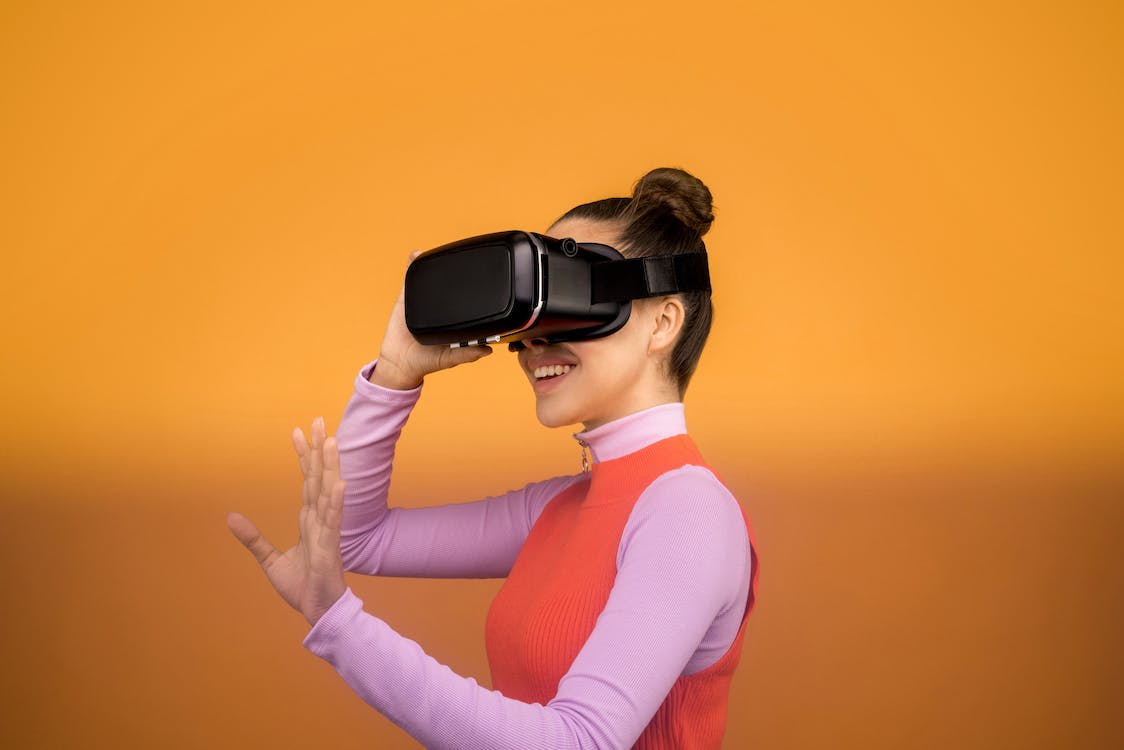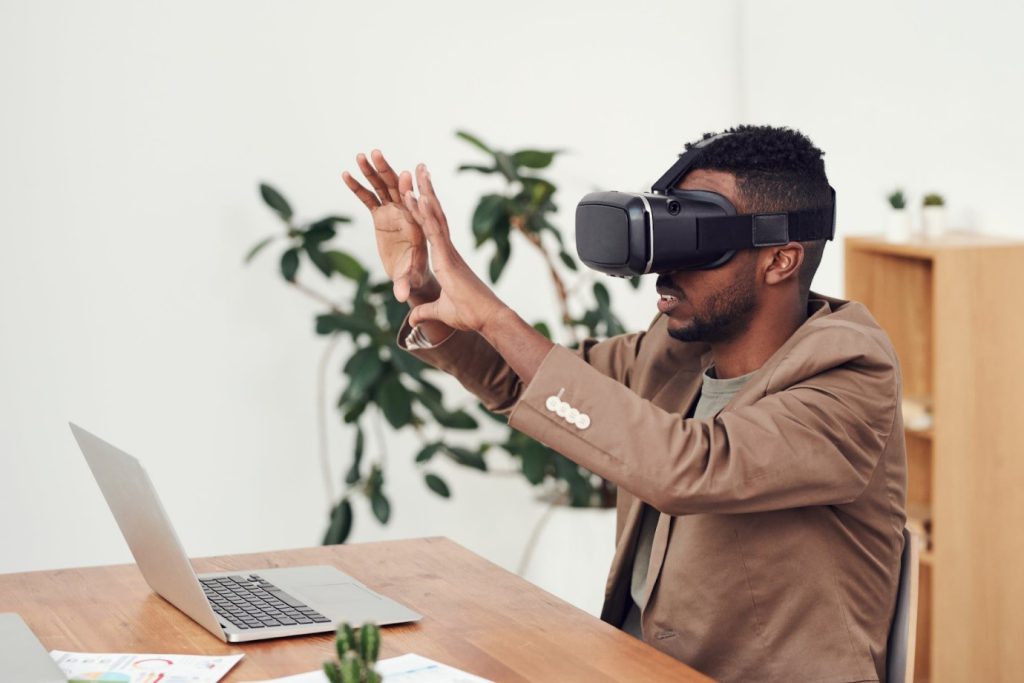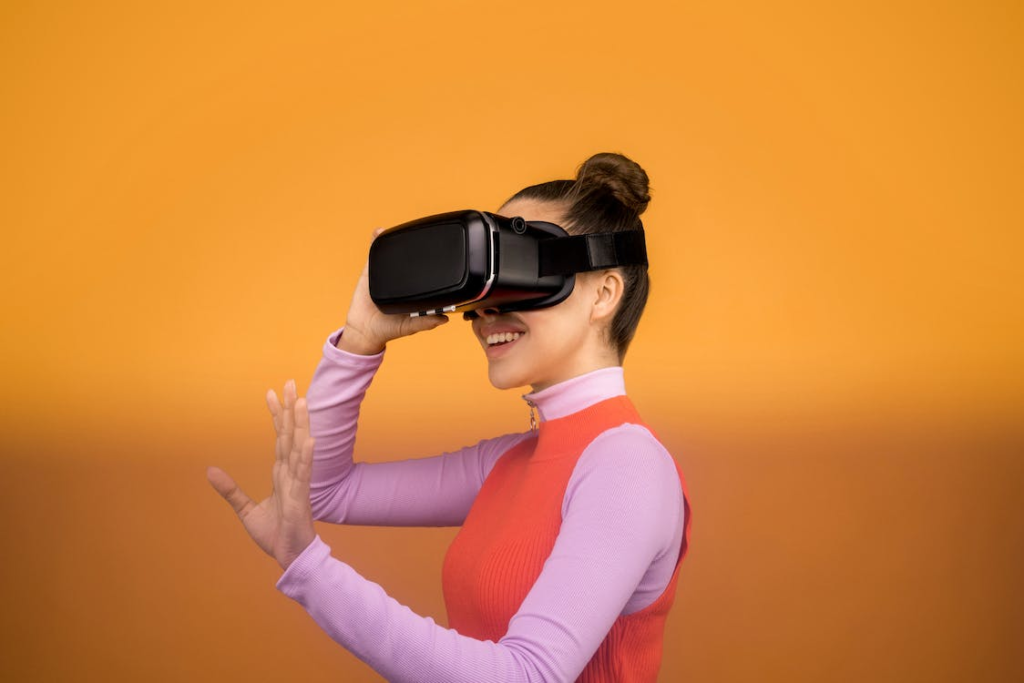Virtual Reality (VR) technology is quickly becoming an attractive option for businesses that are looking to give their employees the best possible experience when it comes to learning. With VR devices, you can provide an immersive environment with digital objects that will better prepare your employees for real-world situations. But managing these devices can be challenging, which is why we’ve put together this guide on how to manage your VR devices so you can get the most out of them.
Read on as we discuss the best practices for managing virtual reality devices to take full advantage of their features and benefits.
What is Virtual Reality (VR) Technology?
Before we dive into the best ways to manage your VR devices, let’s first look at what virtual reality technology is. In a nutshell, VR is an immersive experience that uses computer-generated 3D visuals and sound to simulate a real-life environment. A user interacts with this environment using either a headset or specialized controllers. This allows the user to interact with digital objects, explore simulated worlds and move around as if they were in the real world.
VR technology has been used in a variety of industries, including education, training, healthcare, and entertainment. Nowadays, it’s becoming increasingly popular for businesses that are looking to provide more engaging ways to teach their employees new skills or improve existing ones.
Types of VR Devices
There are various types of VR devices available. The most popular options include:
- Head-mounted displays – These are head-mounted devices that provide a fully immersive experience with computer-generated visuals and sound. Oculus Rift and HTC Vive are just a few examples.
- Handheld controllers – These are specialized controllers that allow users to interact with the virtual world. Examples include the PlayStation Move and Xbox Kinect.
- Projector systems – These are projection systems that allow users to view a 3D environment in a large space, such as an auditorium. Examples include Microsoft HoloLens and Sony SmartGlass.
These devices can be used for a variety of applications, such as e-learning, simulation training, 3D gaming, and more.
What is VR Device Management?
VR device management is the process of setting up, configuring, and maintaining VR devices. This includes things like installing software updates, making sure all hardware components are working properly, ensuring compatibility with other systems, and managing user accounts. It’s important to note that different types of VR devices require different levels of management — for example, headset-mounted displays require more setup and configuration than handheld controllers.
Why Use VR Devices for Employee Training and E-Learning?
There are many benefits to using VR devices for employee training and e-learning. For one, they provide an immersive environment that allows users to learn (and retain) new skills faster and with more ease than traditional methods. They also allow employees the opportunity to fully experience their work environment without having to leave their desks, which can save time and money.
VR devices make it easier to replicate real-world scenarios that employees may encounter on the job. This allows employees to gain a better understanding of how to handle such situations. Using VR technology can also reduce costs associated with physical training materials and trainers since all the necessary materials can be contained in one device.
Best Practices for Managing VR Devices
Now that you understand the types and applications of virtual reality technology, let’s look at some best practices for managing your VR devices:
1. Establish Clear Usage Guidelines
It’s important to have a set of usage guidelines that define what employees can and cannot do with their VR devices. This includes things like establishing acceptable levels of noise, prohibiting the use of certain third-party applications, and defining acceptable viewing angles. Having clear guidelines will help ensure the safety and security of your devices. Furthermore, it can maximize their effectiveness when used for employee training and e-learning purposes.
2. Invest in Quality Devices
To get the most out of VR technology, it’s essential to invest in quality devices that can deliver exceptional performance and visuals. This is especially true for business use, as low-quality devices can limit the types of content that can be created and viewed on them. This could lead to poorer user experiences and ineffective results from employee training or e-learning activities performed through virtual reality devices.
3. Take Advantage of Data Analytics
Using data analytics tools, businesses can gain insights into how their employees are using their VR devices, which can be used to tailor future experiences and training programs accordingly. Additionally, this data can be used to provide feedback on how effective a particular program has been or to identify areas where improvements need to be made. This way, employees are getting the best possible experience when using virtual reality technology in the workplace.
4. Apply Proper Security Measures
When managing virtual reality devices, it’s important to take all necessary security measures such as regularly updating or patching software, limiting access to sensitive information stored on the device, enforcing authentication systems for users, and more. Doing so will help protect your company from any potential vulnerabilities that could arise from misuse or unauthorized access to these devices.
Closing Summary
More and more businesses are embracing virtual reality technology to enhance employee training and e-learning activities. To ensure that you’re getting the most out of these devices, it’s important to establish clear usage guidelines, invest in quality devices, take advantage of data analytics tools, and apply proper security measures. By doing so, you can ensure that employees are getting the best possible experience when using VR devices in the workplace.
At the end of the day, using virtual reality technology can be an incredibly beneficial tool for businesses. It not only promotes faster and more effective learning, but it also allows them to save time and money while producing better-quality results. With the right management strategies in place, you can ensure that your VR devices are being used properly and efficiently.



2 thoughts on “How to Manage Your Virtual Reality Devices”